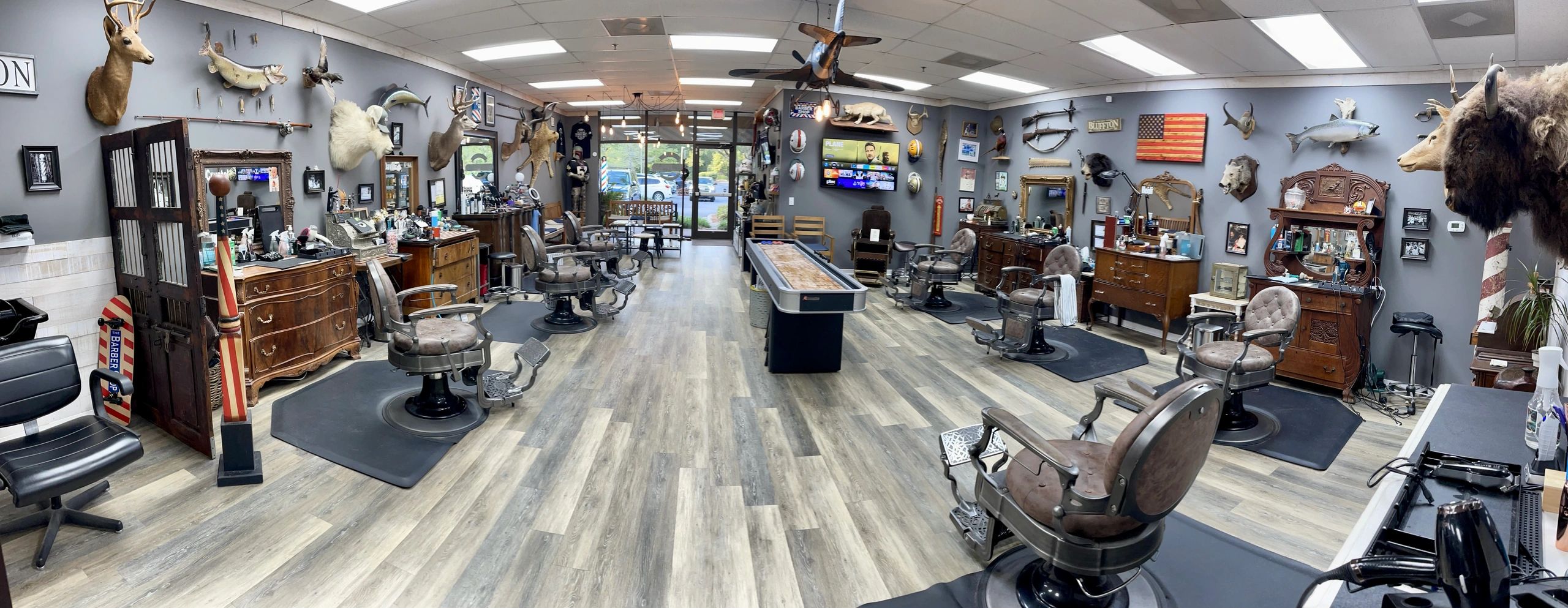Securing Patron Welfare Via Efficient Safety and Protection Regulations throughout the Barbering Field
Securing Patron Welfare Via Efficient Safety and Protection Regulations throughout the Barbering Field
Blog Article
This barbering industry holds a significant position in individual care and self-care. Nonetheless, it is essential to prioritize the health and safety of both clients and stylists in this environment. Effective health and protection standards are crucial for maintaining cleanliness protocols, preventing accidents, and ensuring a favorable interaction for all parties engaged. By adhering to these guidelines, professionals can establish a safe environment that fosters trust and ease among clients.
One key aspect of health and safety in barbering is sanitation. Stylists must adhere to rigorous cleaning protocols, including regular cleaning of equipment and stations. This involves disinfecting shears, clippers, and brushes after every use to remove the risk of spreading germs or infections. Moreover, professionals should use clean capes and towels for each client to promote a sanitary setting. Applying these measures not only protects customers but also boosts the credibility of the grooming establishment.
Another critical requirement addresses the proper handling of substances used in styling services. Items such as coloring agents, relaxers, and other styling agents can pose risks if not managed correctly. Stylists must adhere to protective protocols for the containment and application of these products to avoid dermal reactions or click for info allergic reactions among clients. Wearing gloves and providing sufficient airflow during procedures are crucial steps that barbers should take to ensure client safety while delivering high-standard care.
Injury avoidance is also a vital element of health and safety regulations in grooming. Salons should be arranged with precaution in mind, reducing dangers such as slippery floors or cluttered workspaces. Team members should be trained in emergency procedures, including how to handle lacerations or thermal injuries that may happen during service. Providing first aid kits and ensuring that all staff members know their placements is an excellent way to prepare for unexpected incidents. By emphasizing preventative actions, practitioners can maintain an atmosphere where patrons feel secure and cared for.
Finally, clear interaction is essential to supporting customer safety in the barbering industry. Barbers should consult patrons about their preferences and any potential risks associated with the services offered. This involves reviewing sensitivities to products or previous adverse reactions reported by clients. By fostering open dialogue, barbers can develop rapport with their customers while delivering that they get customized attention aligned with their unique requirements. Ultimately, prioritizing health and safety standards will result in enhanced customer experience Go Here and a successful barbering practice.